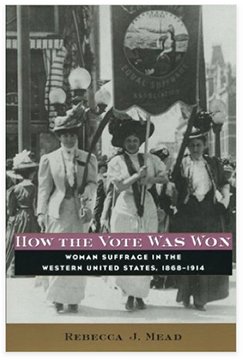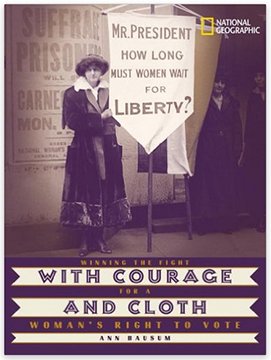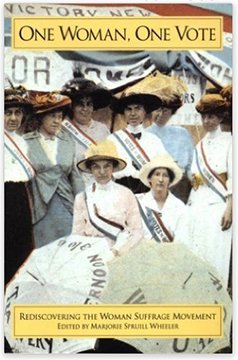The Night of Terror, and how it helped women attain the right to vote.
Lucy Burns (inset) was an American suffragette. After protesting in D.C., she was arrested and sent to a workhouse. To break her and the other women’s spirits, the jailers began what has become known as the “Night of Terror.”
Lucy Burns was beaten and handcuffed to her cell door with her hands above her head and left that way for the entire night. Of all the American Suffragists, Lucy Burns spent the most time in jail.
Have you read this by Karen Hawk?
Maybe you’ve seen this article by Karen Hawk, but I think it’s worth a repeat.
“The women were innocent and defenseless. And by the end of the night, they were barely alive. Forty prison guards wielding clubs and their warden’s blessing went on a rampage against the 33 women wrongly convicted of “obstructing sidewalk traffic.”
They beat Lucy Burn, chained her hands to the cell bars above her head and left her hanging for the night, bleeding and gasping for air. They hurled Dora Lewis into a dark cell, smashed her head against an iron bed and knocked her out cold.
Her cellmate, Alice Cosu, thought Lewis was dead and suffered a heart attack. Additional affidavits describe the guards grabbing, dragging, beating, choking, slamming, pinching, twisting and kicking the women.
Thus unfolded the “Night of Terror” on Nov. 15, 1917, when the warden at the Occoquan Workhouse in Virginia ordered his guards to teach a lesson to the suffragists imprisoned there because they dared to picket Woodrow Wilson’s White House for the right to vote.
So, refresh my memory. Some women won’t vote this year because–why, exactly? We have carpool duties? We have to get to work? Our vote doesn’t matter? It’s raining?
For weeks, the women’s only water came from an open pail. Their food–all of it colorless slop–was infested with worms. When one of the leaders, Alice Paul, embarked on a hunger strike, they tied her to a chair, forced a tube down her throat and poured liquid into her until she vomited. She was tortured like this for weeks until word was smuggled out to the press.
Last week, I went to a sparsely attended screening of HBO’s new movie “Iron Jawed Angels.” It is a graphic depiction of the battle these women waged so that I could pull the curtain at the polling booth and have my say. I am ashamed to say I needed the reminder.
All these years later, voter registration is still my passion. But the actual act of voting had become less personal for me, more rote. Frankly, voting often felt more like an obligation than a privilege. Sometimes it was inconvenient.
My friend Wendy, who is my age and studied women’s history, saw the HBO movie, too. When she stopped by my desk to talk about it, she looked angry.
She was – with herself. “One thought kept coming back to me as I watched that movie,” she said. “What would those women think of the way I use–or don’t use–my right to vote? All of us take it for granted now, not just younger women, but those of us who did seek to learn.”
The right to vote, she said, had become valuable to her “all over again.” HBO will run the movie periodically before releasing it on video and DVD.
I wish all history, social studies and government teachers would include the movie in their curriculum. I want it shown on Bunko night, too, and anywhere else women gather. I realize this isn’t our usual idea of socializing, but we are not voting in the numbers that we should be, and I think a little shock therapy is in order.
It is jarring to watch Woodrow Wilson and his cronies try to persuade a psychiatrist to declare Alice Paul insane so that she could be permanently institutionalized. And it is inspiring to watch the doctor refuse.
Alice Paul was strong, he said, and brave. That didn’t make her crazy. The doctor admonished the men: “Courage in women is often mistaken for insanity.”
KAREN HAWK
Here’s to our right to vote!
You might enjoy any one or all of these books:



One Woman, One Vote: Rediscovering the Women’s Suffrage Movement
With Courage and Cloth: Winning the Fight for a Woman’s Right to Vote
How the Vote Was Won: Woman Suffrage in the Western United States, 1868-1914
